
Measurement Of Intestine In Human Body
Therefore the average length of the human intestine is equal to the length of the small intestine added to the length of the large intestine. The colon is the longest portion of. The large intestine is about 5 6 feet long. Its mucosal area in an adult human is about 30 m 2. It is over 20 feet 6 meters long. Its job is to absorb most of the.
The intestines include the small intestine large intestine and rectum. The small intestine is a long narrow tube that is all coiled up in the lower part of our abdomen the part of our body we usually call our stomach. If you stretched out your large intestine it would be about as long as the width of a queen size bed. The only way the small intestine can fit into our bodies is by curling and looping to fit in a small space. Its main function is to absorb the products of digestion including carbohydrates proteins lipids and vitamins into the bloodstream. There are three major divisions.
Anne marie thomasino 2001. The large intestine is about 5 feet 15 meters long. As a result the average length of the human intestine can be anywhere from 6 to 85 meters in length depending on size and age of the person it occupies. It has three parts. This is the largest part of the digestive system. It begins at the lower right hand side of the body and ends on the lower left hand side.
The small intestine begins at the duodenum and is a tubular structure usually between 6 and 7 m long. The cecum the colon and the rectum. The large intestine forms an upside down u over the coiled small intestine. The small intestine small bowel is about 20 feet long and about an inch in diameter.
Random Post
- shikhar dhawan body measurement
- eva marie body measurement
- body measurement conversion
- where to get body measurements taken
- linda durbesson body measurements
- bipasha basu body measurements
- cobie smulders body measurements
- body measurements artist
- what is my bra size based on measurements
- sophie turner body measurement
- somi body measurement
- inbody measurement near me
- ruma sharma body measurement
- ranbir kapoor body measurement
- bra measurement to
- devon aoki body measurement
- brock body measurement
- hardy sandhu body measurement
- lionel messi body measurement
- body measurement mnemonic
- body measurements body type
- amrita singh body measurement
- payel sarkar body measurement
- body measurements during pregnancy
- bra size quora
- maymay entrata body measurement
- what is not a routine body measurement
- river fox body measurements
- jessica alba body measurement
- bra size vs fruit
- what bra size am i measurement
- technology body measurement
- thakur anoop body measurements
- get body measurement
- fitness body measurement chart
- body measurements fitbit
- wamiqa gabbi body measurement
- pooja hegde body measurements
- body measurement placement
- sunanda sharma body measurement
- firdous ashiq awan body measurement
- hrx body measurements
- body measurement cutting
- how to do measurements on body
- heidi klum body measurement
- body measurement body type
- measurement of body temperature in clinical
- bra measurement mumsnet
- anup singh body measurement
- momo yaoyorozu body measurements



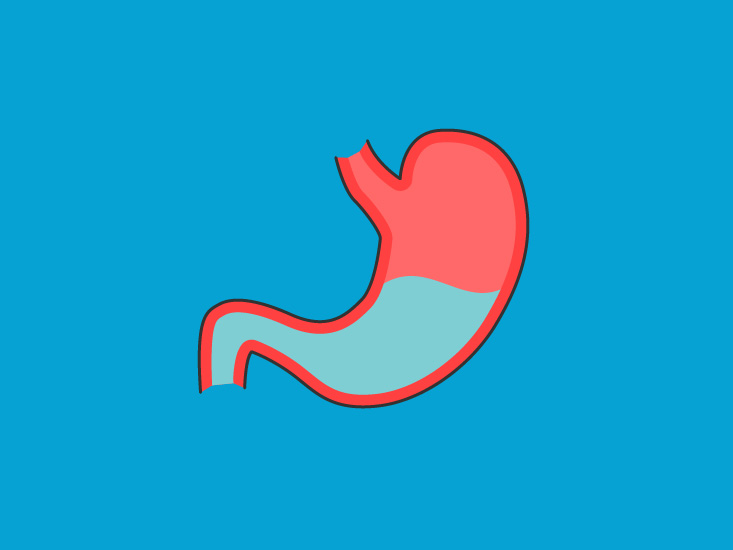

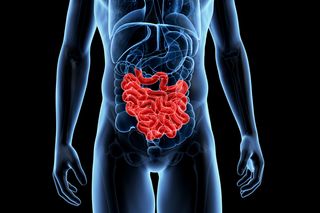
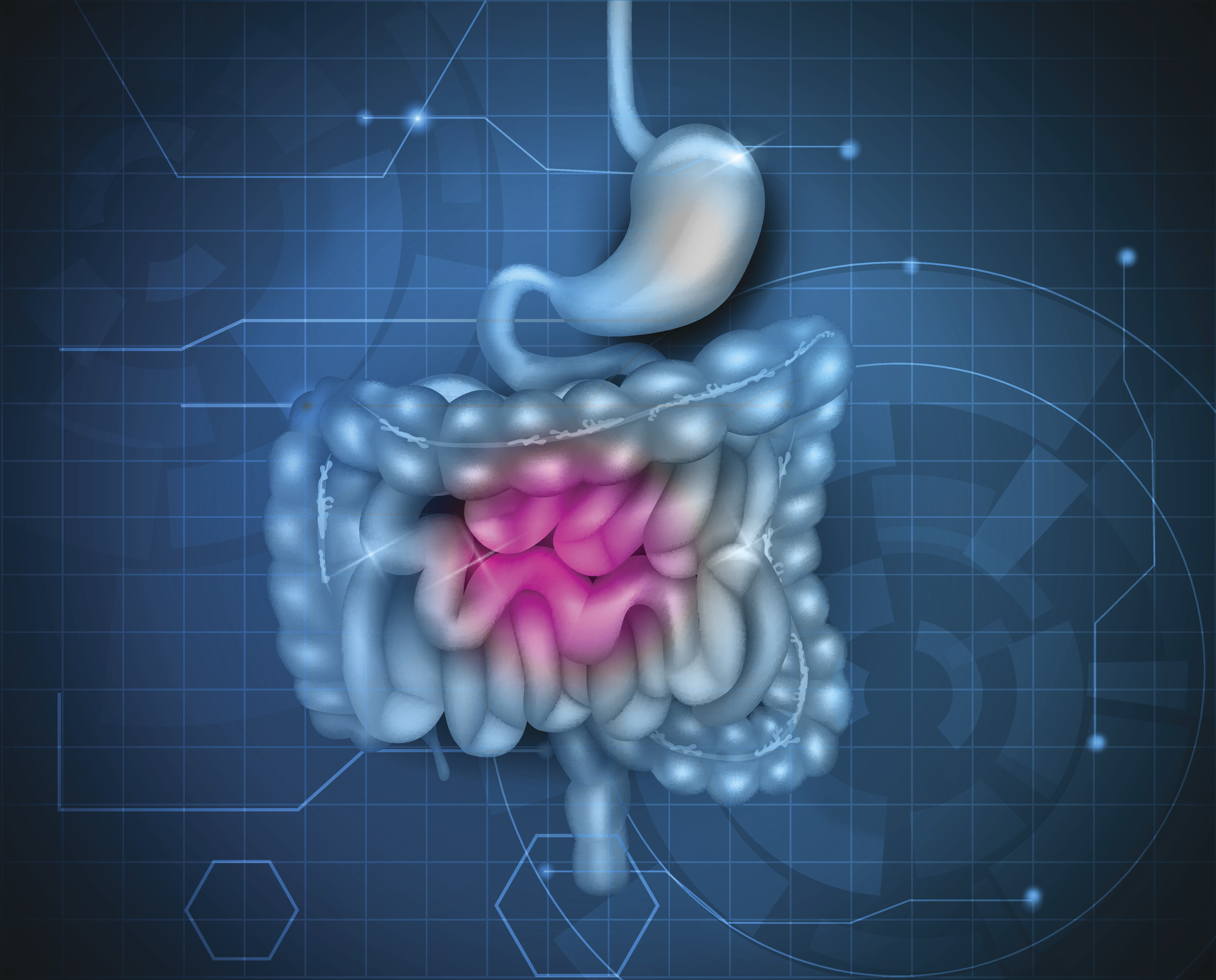

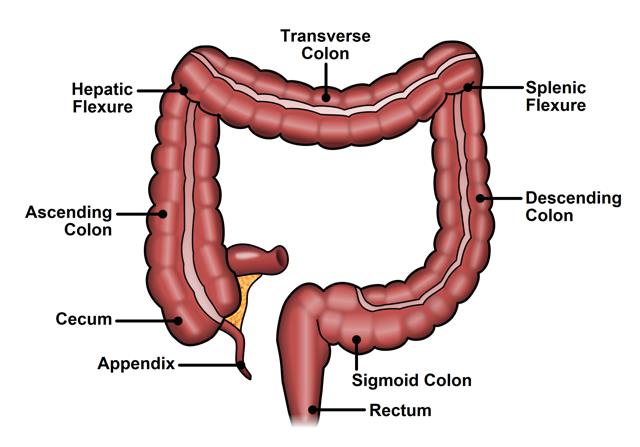









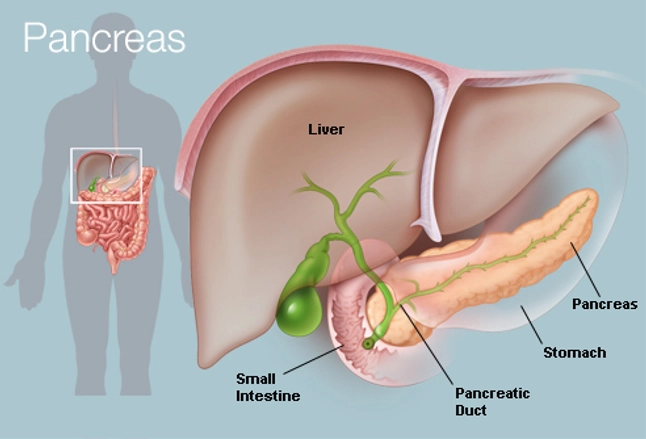

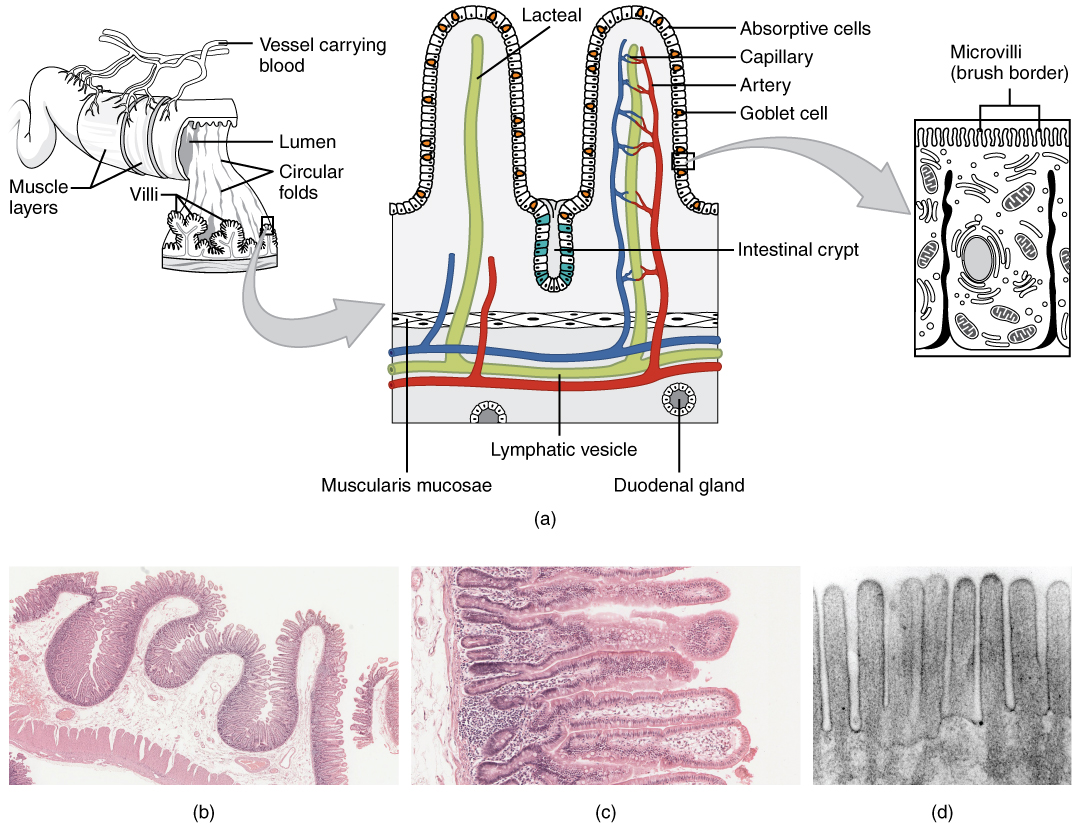



:max_bytes(150000):strip_icc()/17-HDDI-321-Very-Well-Image-58ff7da55f9b581d59548ad5.jpg)

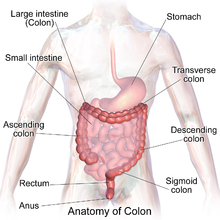
/GettyImages-590279623-56b6225d5f9b5829f830c85e.jpg)










